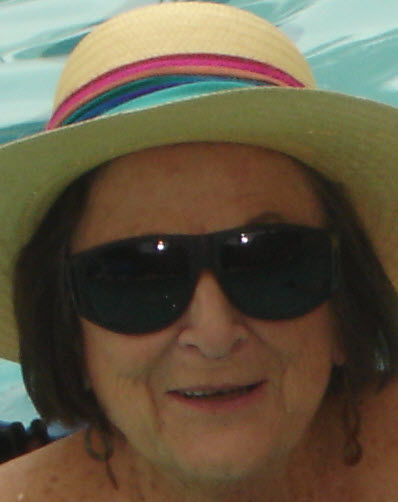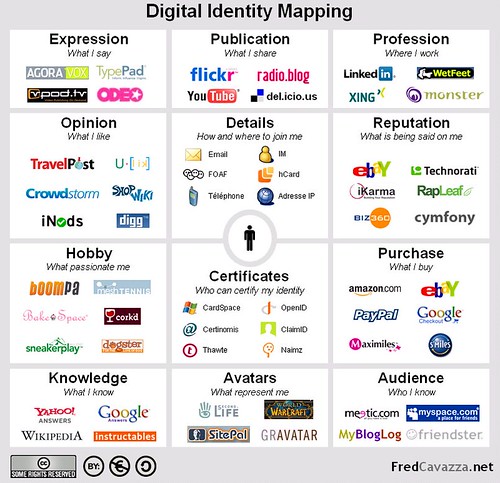Alert – personal post!

I love my mom and I love food. So as mother’s day approaches here in the US, one of my food blog reads caught my eye – from Seattle’s own Rebekah Denn: Beard dinner. Ticket giveaway. Mom.
So, I’m making that the theme of a ticket giveaway to a James Beard dinner coming to Seattle on May 14. It’s a “Celebrity Chef Tour” meant to recreate a bit of the experience of dining at the James Beard House, “featuring the greatest culinary artists in major markets across the United States.” Ethan Stowell will cook at the $175-a-plate fundraiser at at the Columbia Tower Club along with the club’s James Hassell, with organizers promising ”an innovative, one-of-a-kind dinner” and wine pairings.
Want to win? Just leave a comment on this post telling us how your own mother influenced the way you eat and cook. I’ll pick two names, using a random number generator, at midnight Seattle time on Friday, May 8, and give each qualifying winner (that is, someone who answered the question, however briefly) a pair of tickets, courtesy of the event organizers.
In my 51 years, my contest winning streak has been fairly brief. I won a jelly bean counting contest at a school fair in 7th grade. The prize? The mason jar of jelly beans and this weird, green squishy baby toy. Or maybe it was a dog toy. I treasured that toy for years. It is great to feel like a winner. Even if only for an educated guess.
This morning I got up at 5am because I have two work calls I am unprepared for, it is Saturday, it is going to be a sunny day in Seattle and I want to work in my garden. So the work has to be done early. I open my email.
I WON!
I bless Rebekah and the random number generator that picked me to win two tickets. I will look forward to and savor the meal. But I also get to take a moment to thank my mom (Dolores Wright) for inspiring me to care about food – where it comes from, how it is prepared and the importance of sharing it with the people I love. And the people I barely know. And everyone in between. (Yes, there is a dinner for an out of town friend tonight. If you are in Seattle and are interested in international development, contact me. There’s still room at the table.)
Mom, here is what I wrote about you. Thank you. Happy Mothers Day. And I’m so thrilled you are moving to Seattle in 3 weeks. Wow. Finally, we can have more little, unplanned moments together in the kitchen, over food or a drink.
My mother was the daughter of an amazing Italian cook, my Gramma B. A little bit intimidating, to say the least. But that didn’t stop her. She knew about fresh food when frozen dinners and canned veggies became the stable of a 60’s household. She figured out what to do with all those zucchini my dad grew. She kept us knitted together via family dinners. But most importantly, she encouraged me to experiment, to cook. She gave me a subscription to Gourmet magazine when I was something like 11 or 12. She let me cater her friends’ dinner parties. She made me the cook I am.
To every other mom, Happy Mother’s Day – a day early. I’m not blogging tomorrow!!!
 My friend and colleague, Shirley Williams, pointed me to a great resource on digital identity (DI) that she and her colleagues created for their students at Reading University in the UK. It is called “This Is Me.”
My friend and colleague, Shirley Williams, pointed me to a great resource on digital identity (DI) that she and her colleagues created for their students at Reading University in the UK. It is called “This Is Me.”

 As part of
As part of